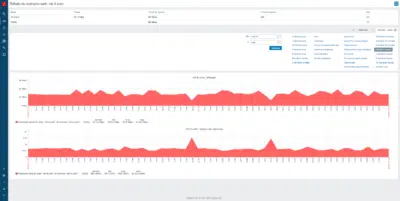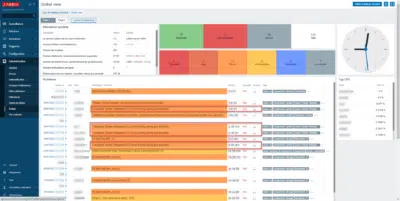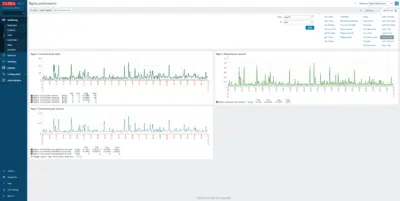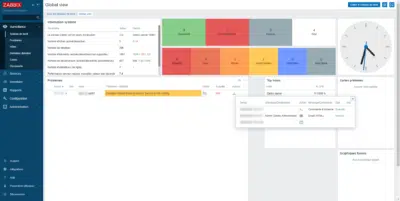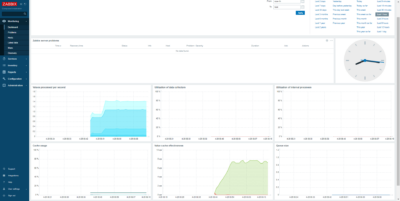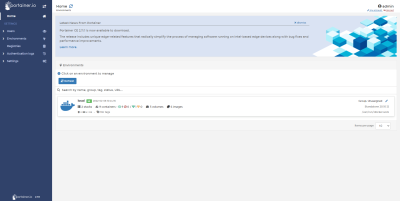Zabbix: monitor a website
In this tutorial, I will explain to you how to monitor a website using Zabbix. The supervision of Internet sites is done using Web scenarios and it is possible to add parameters for example if authentication is necessary, here we will simply keep it as simple as possible. With Zabbix here is the information you …
